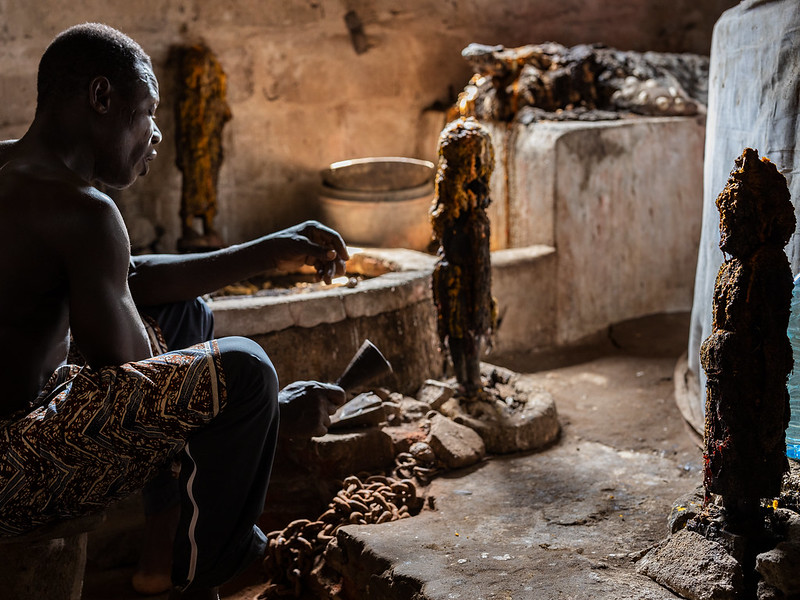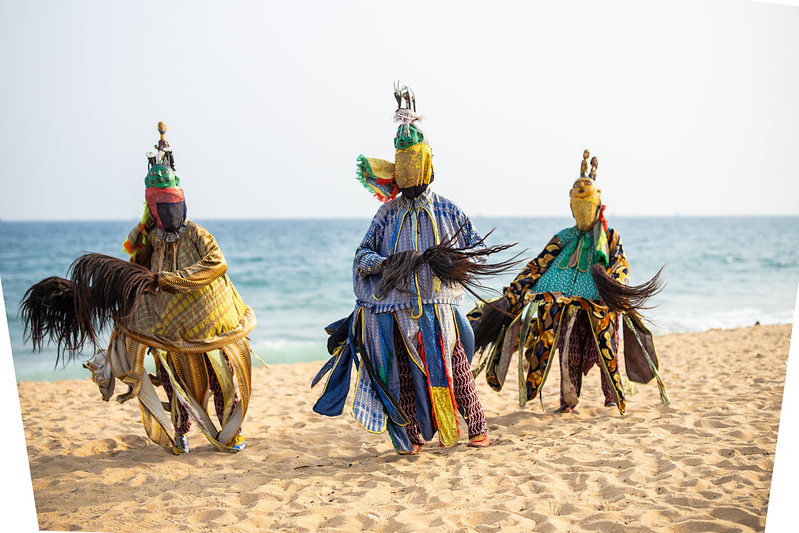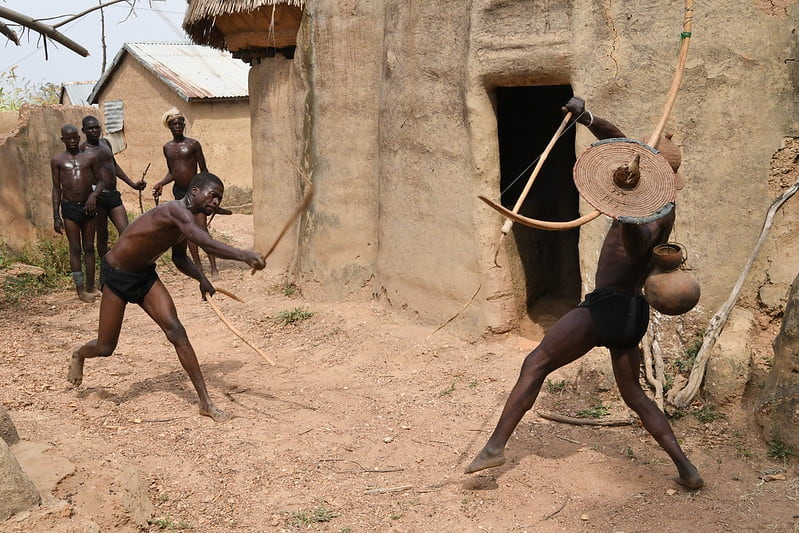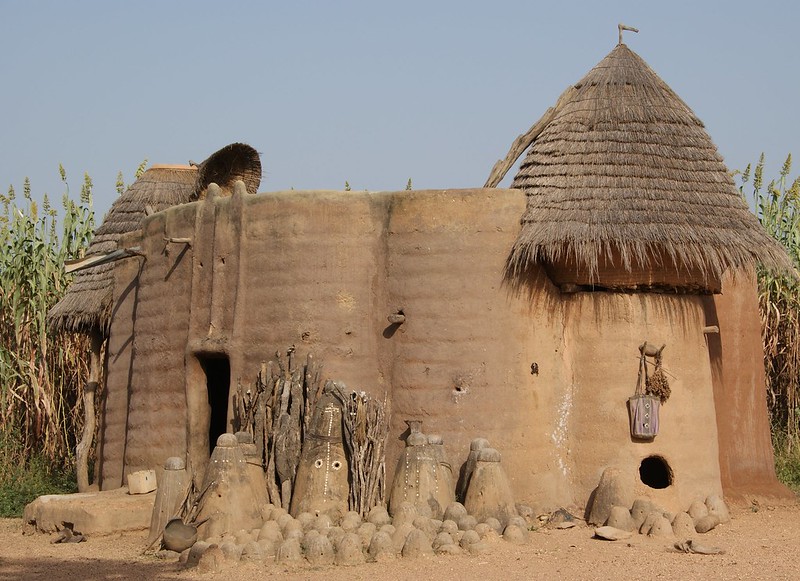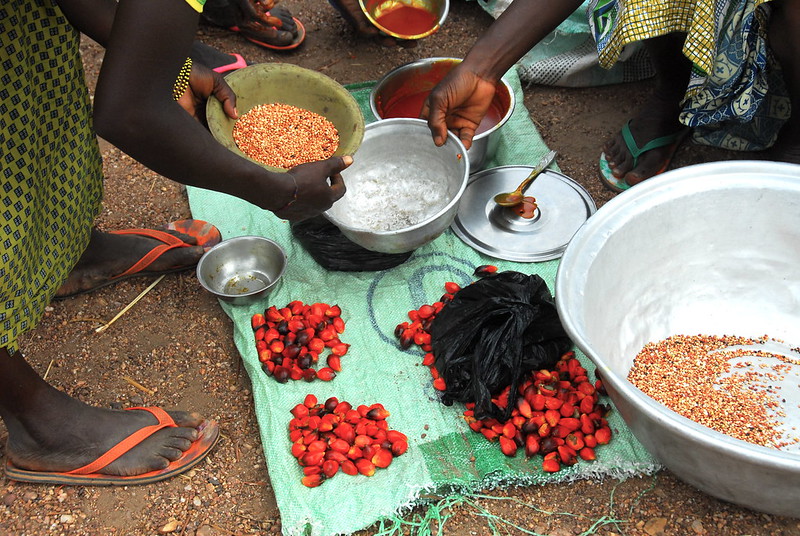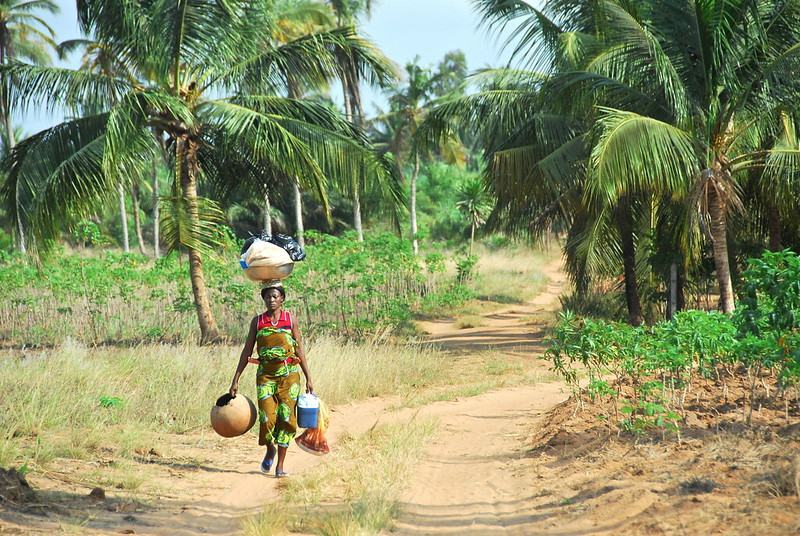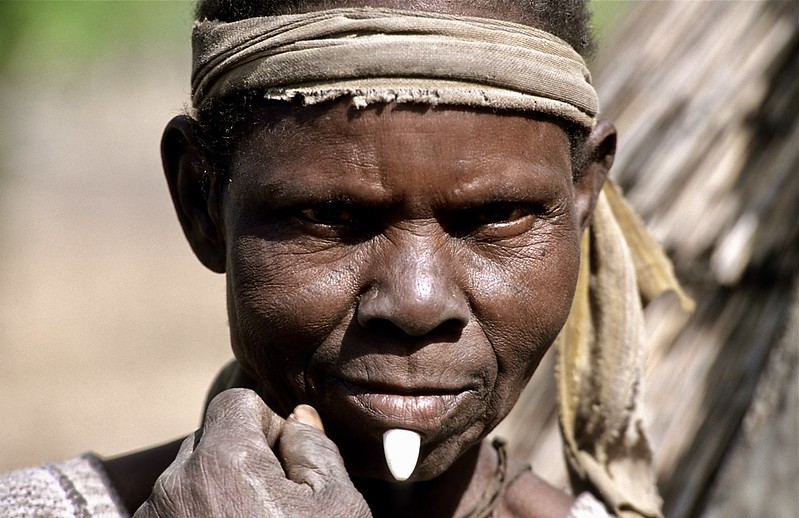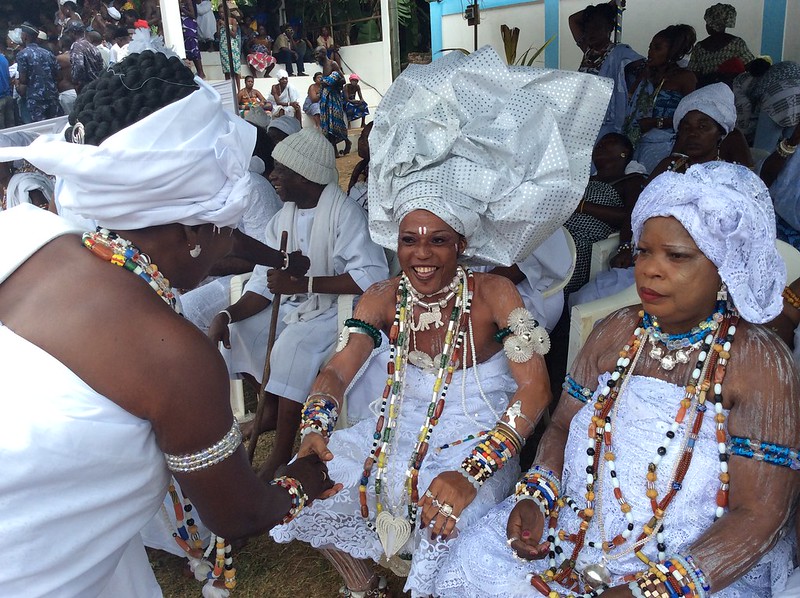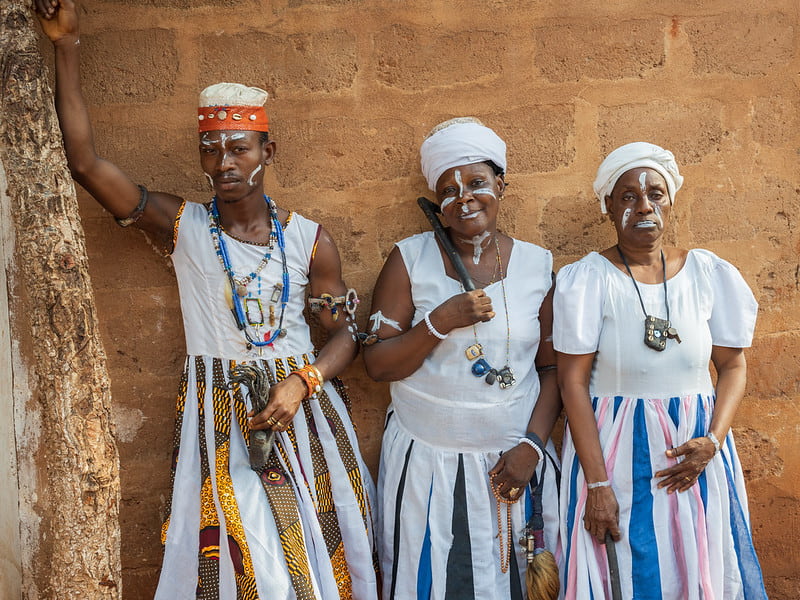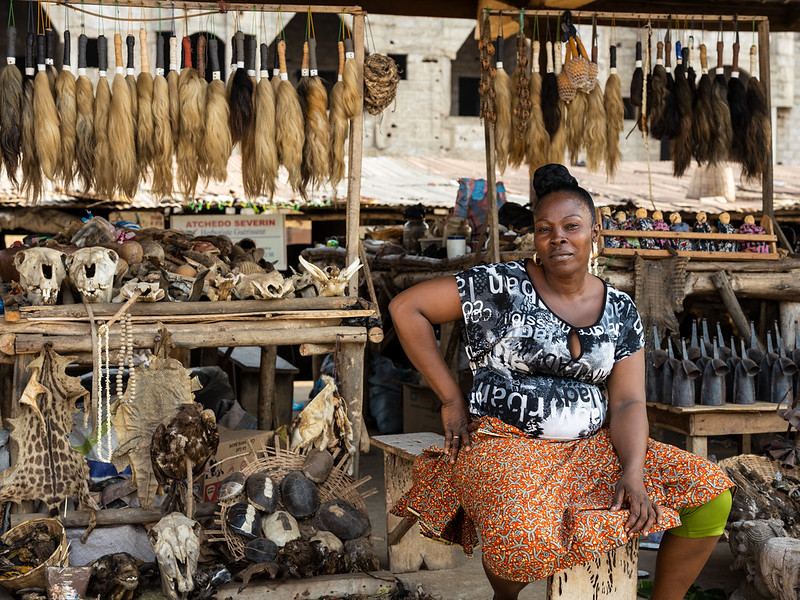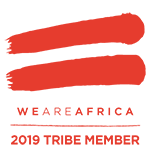REPUBLIC OF TOGO
Area: 56,785 km
Population: 8,608,444 (estimate July 2020)
Life expectancy: about 66 years
Capital: Lome
Borders: to the west with Ghana, to the north with Burkina Faso to the east with Benin and to the south with the Atlantic Ocean.
Ethnic groups: the main from north to south:
– Kabye / Tem , Para-Gourma / Akan 43%,
– Akposso / Akebu 4.1%, Ana-Ife 3.2%,
– Adja-Ewe / Mina 42.4%,
– other Togolese 1 , 7%, foreigners 5.2%, no answer. 4% (2013-14 est.)
Religion: Christianity 42%, Voodoo and other traditional religions 33%, Islam 20%, unclassified 5%.
These figures must be interpreted: many Togolese practice both the Christianity or Islam and at the same time animistic traditional religions but are classified as adherents to one of the two monotheistic religions.
Languages: French is the official language widely spoken in the country. Kabye the main local idiom in the north, Ewe the main in the south.
Security: with a minority presence of Islam and the fact that are practiced forms of Islam with African connotations, therefore tolerant and peaceful, the presence of Islamic terrorism has never been detected. The careful supervision of the security forces at the northern borders make of Togo a safe country.
Vaccinations and pandemics: Yellow Fever vaccination is mandatory and malaria prophylaxis highly recommended. World Health Organisation (WHO) and local authorities has recorded only 2752 total cases of Covid 19 (as of November 19, 2020) making of Togo one of the worldwide least affected country.
TERRITORY, CLIMATE AND SEASONS
The north: Thanks to the elongated shape from north to south and to the different mountain ranges, Togo has a specifics climates, environments, and landscapes.
The northernmost area s characterized by plateaus bordered by cliffs, hiding caves, formerly inhabited.
The Kabye massif joins the Atakora range on the border with Benin.
The centre is dominate by large plains, hills and two rocky ranges, Mont Togo and Fazao, enliven the landscape large teak forests and woods.
The south: the Atlantic coast, part of what was once called the “slave coast” is characterized by vast beaches fringed by palm trees shading tiny fishermen villages. The capital, Lome, has a modern port in deep water. The South-West of the country, along the border with Ghana, as mountains, covered with forest, coffee and cocoa plantations. In the lowlands dominate palm, clearings, yam and cassava small farms.
Climate: thanks to the north to south alignment of the territory, all the variants of the tropical climate are present. From the arid, Sahelian climate in the northernmost to the moderate dry in the centre to the humid in forest and coastal regions.
Seasons: Togo, with the neighbours nations (Benin and the eastern part of Ghana) share a unique microclimate, composed of four seasons:
– from November to April, main dry season
– from May to July, the main rain season
– from August to the first half of September, small dry season
– from the second half of September to the end of October, small rain season.
HISTORY
The diverse territory correspond to a great cultural variety. Each of the 37 ethnic groups has its own language, history, rituals, cults, dances.
The oldest human traces date back to prehistoric times. Stone tools at least 5000 years old have been found. In the north-eastern part of the country, at Mount Djapiong, rocky shelters preserve paints dating from the 8th century, a period that coincides with the dawn of Iron Age in these regions.
What become Togo was located between powerful realms: the Ashanti in the the west, Abomey and Ketou at east and in the north the Mossi. All very militarized kingdoms, operating continuous slave hunting raids. Togo territories are protected by mountain ranges of difficult access, an ideal refuge for many ethnic groups.
The north, most of the northern people belong to the Voltaic-Gourma group related to the nearby tribes of the current Burkina Faso and Niger. Farmers and hunters populations has expressed horizontal social organizations, based on the respect for traditions and the elderly. Some villages has expressed beautiful clay architecture such as the Soukala Kabye and the Tata of Tamberma people. The Tamberma – Ottamaribe live in the mountains between Togo and Benin in tiny “clay castles”, which are among the mains expressions of traditional African architecture. Defined as “sculptural architecture” by avant-garde architects such as Le Corbusier. Clay articulated houses are modelled on human scale, where function becomes beauty; as in contemporary architecture and design.
The centre. In the 17th century the Tem-Kotokoli realm of Sokodé developed. The realm originated from the superposition of an elite of knights from the north, to the native inhabitants, creating a highly hierarchical structure controlled by noble clans. In the 19th century, the realm converted to Islam, maintaining strong magical traditions, including the spectacular fire dance: in the night initiates dance on the flames, bring embers to the mouths, chew and swallow them. Even today, during celebration days, the aristocratic knights parade in colourful traditional costumes, gallop or make their horses perform dance steps.
The south. Tado and Notsé realms becomes the focal points of dispersion for the southern ethnic groups. The Ewe constitute the main people in the south and occupy the shore and a large strip of the inland.
The oral history of the Mina tells about a long migration from the town of Elmina (actual Ghana), of which they bear the name. After the “long trek” that lasted decades with more wars to face different tribes encountered on the way; the Mina where finally able to settle in an area protected by large lagoons near the actual Aneho. From that time south is a stronghold of Voodoo cults. Each village has his shrines, celebrate initiations, drumming, and ceremonies with participant in state of trans.
1471 Arrival of the first Portuguese navigators. In the following years, they built a small fort at Porto Seguro (current Agbodrafo). The large village become one of the numerous slave embarking points. The name “Slaves Coast” corresponded with the shores of the actual Togo, Benin and Nigeria.
18th and 19th centuries, the Afro-Brazilians. It is estimated that between 3000 and 8000 Brazilians freed slaves choose to return to Africa. These people became the elite in different coastal countries. Making fortune, with the slave trade, and after the abolition with commercial counters, plantation and the starting construction companies. The Afro-Brazilian has expressed the richest and most prestigious families of the coast. Prominent personalities are descendants of this elite, as the current president of Benin and Sylvanus Olympio the first president of Togo. The Olympio family was among the more known families in the country.
The progenitor, Francisco Olympio Silva born in Bahia arrived in 1850 on a slave trading ship. At first, he dealt with slave. With the abolition of slavery and the strong pressure of the British navy against the last ships of the trade, it was able to move towards other activities. With his descendants he created a diversified fortune through plantations where the last slaves could be recycled. Trading imported goods, and the nascent real estate sector become major activities. At the starting of colonial era the Olympio were able to lead the first local claims facing the administrations, able to conciliate commercial pragmatism and requests for a greater autonomy.
1884 Starts Togo nation. The German navigator Gustave Nachtingal signs a protectorate agreement with King Mlapa III, monarch of a small kingdom on the shores of Lake Togo, few miles from the Atlantic coast. This event will give the entire country the name of the tiny region. The German explorers following Nachtingal extended Togo domains for over six hundred kilometres north of Lake Togo. The penetration has been facilitated by the fact that the Germans already had a mission in Keta village, the Bremen Lutheran Mission that had friendly bonds with locals and traditional chiefs.
1890 The Germans build the first Warf (dock for loading and unloading ships) in Lomé.
1905 German colony of Togoland was proclaimed thanks to the agreements stipulated with the local chiefs. Large development and investment began. Railways: a coastal a and line to the central regions allowed trade, and exchanges. A road was made to reach the north of the country and to the regional capitals. The Infrastructures developed in one of the higher levels for that time in Africa. The Germans made of Togo a “model colony”, the only self-sufficient colony in Africa. A liberal economy with lower imports tax compared with neighbours colonies was applied. The costs of the administration where moderate thanks to the absence of an army, which was instead heavy in the other colonies. The only armed unit was the police, composed by native agents framed by German officers. Thanks to the its dynamic economy Togoland attracted traders from Africa, Europe, and Brazil.
1914 6 August, the utopia of a country without an army was shattered. The first World War action in Africa was the pincer invasion of Togo by British troops from the Gold Coast and French troops from Dahomey.
1914 on August 26, after a brief resistance, the Germans blew up a radio capable to communicate with Berlin (Hi Teck of the time) and surrendered to the Anglo-French.
1916 The League of Nations shared the country, giving to the British the mandate to rule the western part of Togoland with the commitment to bring it to independence and to the French the eastern part with the same commitment.
1956 The United Nations states that the “territories” must quickly gain independence.
1957 Ghana (formerly the British Gold Coast) was the first African colony to achieve independence, gaining great prestige in all Africa. A referendum in the British ruled part of Togoland achieved the annexation of these territories to new independent Ghana.
1960 February, Sylvanus Olympio, local elected prime minister of the French ruled Togo and head of the government, rejects the offer of Kwame Nkrumah, president of Ghana and Pan-African ideologist to unify the two countries.
1960 on April 27, the territories of the French ruled Togo become independent as the Republic of Togo.
1961 on April 6, Sylvanus Olympio is elected as the first President of the Republic. Olympio was the leader of the independence movement intent on cutting ties with France. Leaving the CFA Franc currency, granted by the French Franc, creating a new currency, to be granted by the Deutsche Mark.
1961- 1962 Sylvanus Olympio transforms the country in a semi-presidential republic extending its powers and abolishing the multi-party system. The northern regions feel forgotten by the new government, composed mostly by Ewe, the main ethnic group in the South. The president refuses to integrate the veterans, of Togolese origin, who had fought in the French army and came back to the country to integrate the new national army. The veterans where in large majority from the north.
1963 In the night between 12 and 13 January, a military commando composed by veterans, led by Emmanuel Bodjole, including the young Gnassingbe Eyadema raided the presidential residence and killed Olympio. Was the first military coup in independent Africa. Rumours, neither denied nor confirmed said that it was Gnassingbe Eyadema who killed Olympio, make him popular within opponents and the veterans. An Insurrectional Military Committee asks Prime Minister Nicolas Grunitsky to lead the country.
1963 on May 15, Grunitsky who was the leader of a moderate independence party is elected president.
1967 On January 12 a coup led by Gnassingbe Eyadema overthrows Grunitsky and takes over the country.
1968 Inauguration of a large deep-water port in Lomé
1969 A single party was created on 29 November: Rassemblement du Peuple Togolais (RPT).
1972 on January 9, general Gnassingbe Eyadema wins the presidential elections.
1974 on January 24, the presidential aircraft crashes just before landing, the president was unscathed. Foreign financial lobby opposed to the nationalization of phosphate, the largest industry in the country, where considered as instigators of the attempt.
1974 on February 24, Eyadema announces the nationalization of phosphate industry.
1979 New constitution and re-election of Eyadema as President of the Republic.
1986 on the night of September 23, a large group of local mercenaries coming from Ghana attack Lome trying to reach the presidency. Automatic weapons gunfire, mortar rounds echo all night and the following morning. At the end of the clashes throughout the city there where at least a hundred deaths, the government forces regain control of the capital. Gilchrist Olympio of Brazilian Ewe origins, son of the country’s first president and main opponent, was suspected of being the main organizer of the attack. Ghana president John Jerry Rawlings (of Ewe ethnic origins) is accused of hosting the preparation of the attack.
1986 On December 21st, Gnassingbe Eyadema wins the 3rd term.
1989 The Free Zone was created to attract foreign investment in productive activities and hire local workers to give a major boost to employment. The Free zone offers tax benefits provided that, at least 80% of the production is destined to export. Today (2020) more than sixty companies in different industrial and service sectors are active. Free Zone has created roughly 15,000 jobs.
1991 on March 12, the opposition declares an unlimited general strike that will last for months.
Numerous riots, with clashes and deaths, in the capital at night it is not uncommon to hear shooting.
1991 From 8 July to 28, August the National Conference is held, all the forces of the country are invited. A representative of the opposition is appointed as prime minister: Joseph Koffigoh and multi-party system is restored.
1991 on November 27, a military commando surrounds the prime minister’s office who agrees to form a new government.
1992 on May 5, in the north of the country Gilchrist Olympio’s car is attacked; injured, he manages to take refuge in Benin.
1993 January 25, demonstrations and clashes with 16 dead.
1993 on August 25, Eyadema was elected for his 4th term, the opposition boycotted the elections.
1998 on June 21, Eyadema wins his 5th term.
1999 on June 29, an agreement was signed with the opposition.
2000 -2001, Eyadema is the president of OAU (Organisation of African Unity).
2005 on February 5, Gnassingbe Eyadema dies, after ruling Togo for 38 years.
On February 7, 2005 Faure Gnassingbe, son of the deceased president, is invested as the new president.
On February 25, 2005 Faure Gnassingbe resigned following protests and pressure.
April 25, the elections confirm Faure Gnassingbe as President. Large sections of the opposition contest the elections and days of clashes follow.
2005 on April 27, the African Union recognizes the elections.
2006 Year of dialogue with the opposition to prepare legislative elections.
2007 Legislative elections.
2007 Resumption of cooperation with the European Union.
2009 Abolition of the death penalty.
2009 Re-election of Faure Gnassingbe.
2010-2013 Gilchrist Olympio renounces to a radical opposition participating to a national unity government led by Faure Gnassingbe. A feud that had lasted for fifty years, a political conflict with ethnic aspects that had opposed some time in a violent way the south and the north personified by the Olympio and Gnassingbe families ended. The son of the first president and the son of the military who had eliminated him in a putsch sat at the same table to discuss.
2014 Major expansion works are carried out on the port of Lome, which is considered the most modern in the region. The facilities includes a large Free Trade Area dedicated to transit and trading of goods destined to the neighbouring countries that have no access to the Ocean such as Burkina Faso, Niger, Mali and Tchad.
2015 On April 26 Faure Gnassingbe is elected for the 3rd term. ,
2019 With over one and a half million containers handled annually, the port of Lome, is the most active in West Africa.

